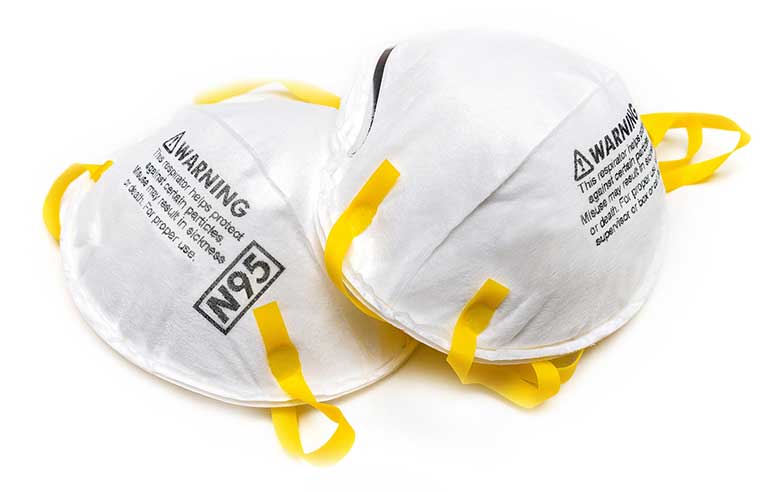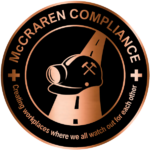
Tumwater, WA — Ethylene oxide should not be used to sterilize filtering facepiece respirators for reuse because “this extremely hazardous toxic chemical poses a severe risk to human health,” the Washington State Department of Labor & Industries warns in a new alert.
Citing the Environmental Protection Agency and the Centers for Disease Control and Prevention, Washington L&I cautions health care employers and other who sterilize respirators for reuse that ethylene oxide is a carcinogen that “has been linked to neurologic dysfunction and may cause other harmful effects” to the eyes, lungs, brain and nervous system. Further, prolonged exposure could lead to increased risk of reproductive issues and some cancers.
Washington L&I notes that ethylene oxide sterilization systems have not been approved by federal OSHA for personal protective equipment, and evidence suggests using one could result in off-gassing of ethylene oxide in the wearer’s breathing zone.
Although hospitals and clinics are required to use their ethylene oxide sterilizer systems for their intended and manufacturer-approved purposes, they “must NOT be used to sterilize masks, respirators, PPE or items worn by humans,” the alert states.
A shortage of N95 and other filtering facepiece respirators during the COVID-19 pandemic has led some health care facilities to sterilize PPE so it can be reused. In April, the National Institutes of Health recommended three effective methods for sanitizing N95 respirators for limited reuse: vaporized hydrogen peroxide, 70° C dry heat and ultraviolet light.
PPE users should refer to the CDC guidance on optimizing N95 respirator supplies and the Food and Drug Administration’s emergency use authorizations regarding PPE for COVID-19, the alert adds.


